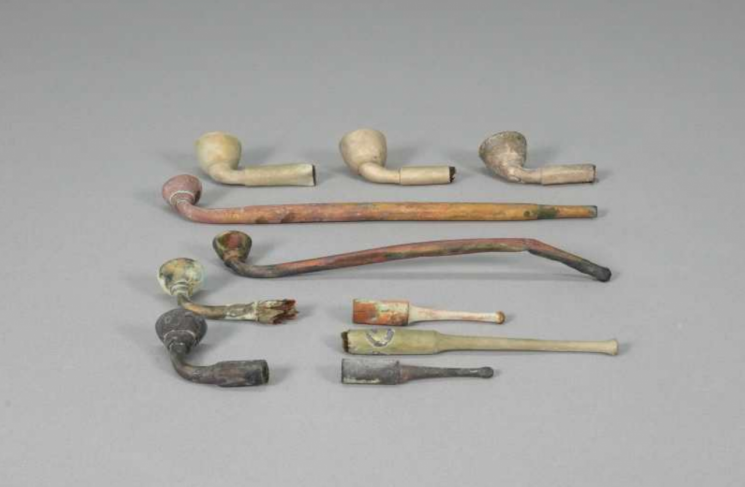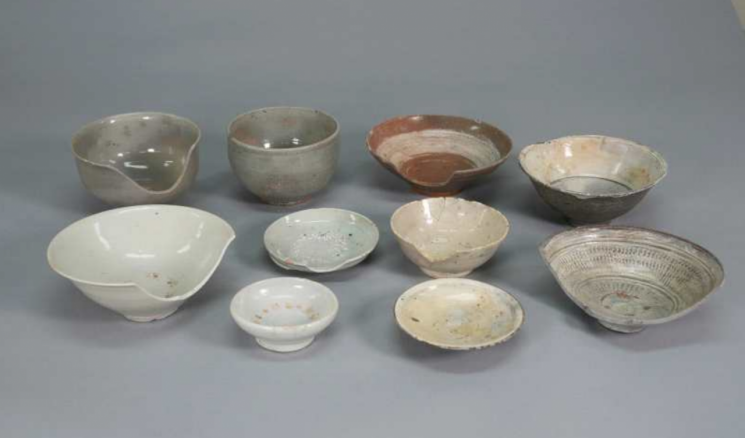Artifacts showing that it was a stopover on the West Sea coastal route
The discovery of the ancient ship failed. “Underwater excavation will continue next year.”
Additional artifacts were discovered in the waters of Seonyudo, Gunsan, showing that it was a stopover on the West Sea coastal route.
A diver clearing the seabed with a suction pump (Photo = Provided by the National Heritage Administration)
View original icon
The National Heritage Administration’s National Maritime Heritage Research Institute announced on the 29th that it excavated the area from April to October and found about 220 artifacts.
The investigation of Seonyudo waters began in 2021 following a report from a diver who saw artifacts on the seabed. As of last year, the research institute had unearthed about 660 artifacts spanning various periods. These include prehistoric ground stone swords discovered for the first time during underwater excavations, Goryeo celadon, Buncheong ware and white porcelain from the Joseon Dynasty. It proved that the waters of Seonyudo were a continuous base for maritime activities not only in ancient and medieval times but also in modern times.
This time, about 190 ceramic relics, including celadon, and 20 metal relics, including bronze spoons and sangpyeong tongbo, were unearthed. Although the expected old ship was not found, bundles of celadon that were loaded as cargo, oars, and anchors used on the ship were also confirmed.

Gombangdae excavated in the waters of Seonyudo (Photo = Provided by the National Heritage Administration)
View original icon
The most discovered items were relics from the Joseon Dynasty, such as Buncheong ware, white porcelain, and Gombangdae (a device used to smoke finely chopped cigarettes). All of them are presumed to be cargo transported by ship rather than used by sailors.
An official at the institute said, “Except for the ‘Mado Line 4’, a cargo ship that transported grain and tribute in the early Joseon Dynasty unearthed in Taean, most of the relics from the Joseon Dynasty that were taken out of the water were either used by sailors or were lost. “It is noteworthy in that it was so.”
In the excavation area, several wooden anchor branches were also found buried in mud (dark, slippery, fine soil found on the bottom of a mudflat or swamp). The anchor branch is the hook part that is driven into the seabed to secure the anchor.

Buncheong ware and white porcelain excavated in the waters of Seonyudo (Photo = Provided by the National Heritage Administration)
View original icon
An official from the institute explained, “It is significant because it is an artifact that substantiates the record in the ‘Map of Mangyeong-hyeon Gogunsanjin’ drawn in the late Joseon Dynasty that it is a place where ships, including shipping ships, avoid the wind or wait for the wind stay.” He continued, “We will continue to conduct underwater excavations next year and share the results with the public as well as academia.”
Reporter Lee Jong-gil leemean@asiae.co.kr
<ⓒ투자가를 위한 경제콘텐츠 플랫폼, 아시아경제(www.asiae.co.kr) 무단전재 배포금지>
Source: www.asiae.co.kr


